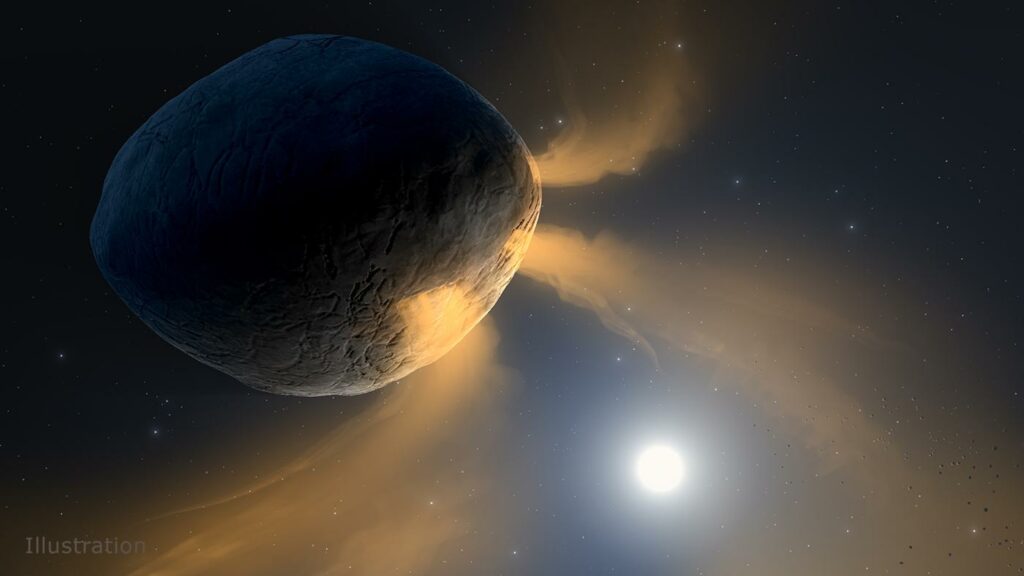The data collected by the PSP probe (Parker Solar Probe) helped scientists determine the origin of the famous Geminid meteor shower. It can be observed on Earth every December.
Geminid Mystery
The source of most meteor showers are comets. When they fly close to the Sun, the ice evaporates from their surface, which leads to the formation of a tail consisting of gas and small particles. During the next comet visit, the process is repeated. This leads to the fact that its orbit is gradually filled with ejected material. When the Earth passes through this plume, a meteor shower is observed on Earth.

However, Geminids are an exception. The orbital parameters of this shower practically coincide with the orbit of the six-kilometer asteroid Phaethon, discovered in 1983. This is a very remarkable celestial body. Phaethon moves in a very elongated orbit, intersecting the orbits of all the planets of the Earth group. Its perihelion passes at a distance of only 21 million km from the solar surface.
Astronomers have long suspected that Phaethon has a tail, which is the source of the Geminids. In 2009, its existence was confirmed. After 9 years, the PSP probe managed to get more detailed images of the tail. They surprised the scientists very much. It turns out that the tail contains significantly more material than previously thought.
Origin of Geminids
All this again raised the question of the origin of the Geminids. Initially, many scientists believed that Phaethon was actually a degenerate comet that had lost almost all its reserves of ice and volatile substances. But the PSP data indicated that the tail responsible for the appearance of Geminids might have a different origin.

Therefore, scientists turned to PSP again. The probe does not have a special tool that would allow obtaining accurate data on the mass, composition, speed and direction of movement of Geminid dust particles. Nevertheless, during the movement, the probe periodically collides with dust grains. These high-speed impacts create plasma clouds, which can then be registered using the FIELDS tool (it is designed to study the electric and magnetic fields of the Sun).
The researchers used PSP data to model three possible variants of Geminid formation, and then compared them with existing models based on terrestrial observations. They found that the “violent” scenarios best fit the existing picture. This means that the Geminids were formed during some sudden and powerful event. They could be a high-speed collision of a Phaethon with another body, or the release of its substance as a result of the collapse of an asteroid or a gas explosion.
According to https://blogs.nasa.gov
Follow us on Twitter to get the most interesting space news in time
https://twitter.com/ust_magazine
